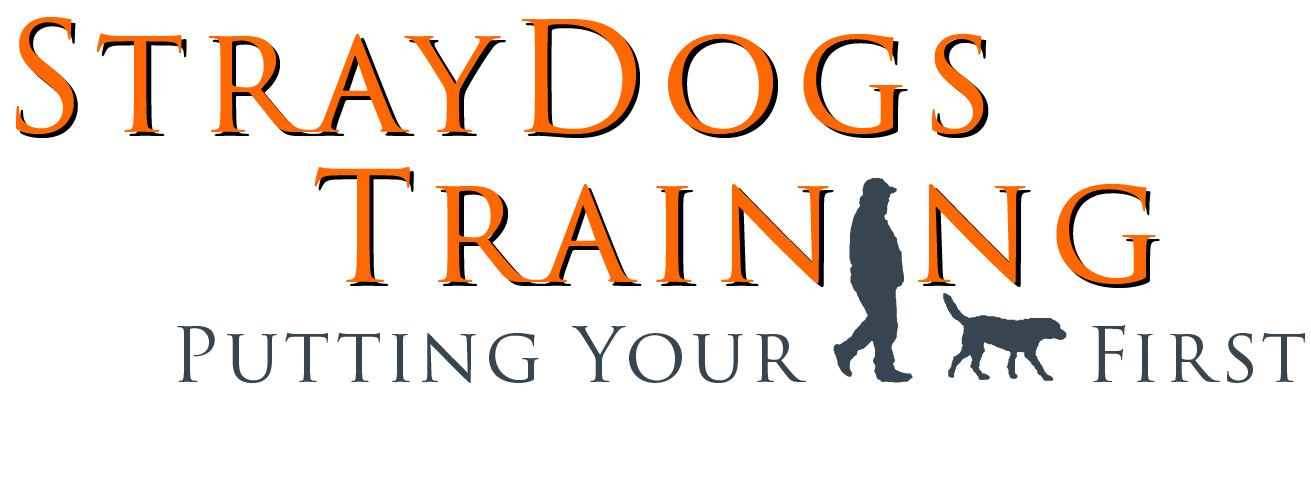Are you feeling frustrated and struggling with your dog’s training? Are you finding it challenging to stay one step ahead of your furry friend? Don’t worry, you’re not alone. Often, it’s the small details that can make a significant difference in how your dog interprets your actions. In this article, we will explore the importance of intentional and unintentional cues in dog training and provide valuable tips to make your training experience more enjoyable as a beginner.
Understanding Cues:
Every action and sound you make during training has meaning to your dog. They are constantly interpreting your cues to determine their response. Cues can be categorized into intentional and unintentional cues.
Intentional Cues:
Intentional cues are the ones you deliberately give, expecting a specific response from your dog. These can include verbal commands and purposeful hand signals. Through repetition and association, intentional cues are taught and reinforced during training sessions.
Tips for Intentional Cues:
- Clarity and Consistency: As a beginner, it’s crucial to focus on clear and consistent cues. Use simple, concise commands and signals that are easy for your dog to understand. For example, instead of saying, “Sit down, please,” use a straightforward “Sit” command.
- Repetition and Practice: Dogs learn through repetition, so ensure you consistently practice the same cues in different environments. Reinforce the desired behavior by praising and rewarding your dog when they respond correctly.
Unintentional Cues:
Unintentional cues are actions or signals that you may not realize you’re giving, but your dog has assigned meaning to them. These cues can be subtle changes in your body posture, tone of voice, or even unintentional movements.
Tips for Unintentional Cues:
- Self-awareness: Pay attention to your own body language, tone of voice, and movements while training your dog. Be mindful of unintentional cues that may confuse your dog or trigger unexpected responses.
- Observing Your Dog: Observe your dog’s reactions and behavior closely during training sessions. Notice if they respond differently to certain actions or sounds. For example, if your dog gets excited when you pick up their leash, they may associate it with going for a walk.
Key Principles for Successful Training:
- Positive Reinforcement: Use positive reinforcement techniques, such as treats, praise, and play, to reward your dog for correct responses. This encourages them to repeat the desired behaviors.
- Patience: Remember that dog training takes time and patience. Avoid becoming frustrated or discouraged. Celebrate small victories and acknowledge your dog’s progress along the way.
By focusing on intentional cues and being aware of unintentional cues, you can enhance your dog training skills as a beginner. Emphasize clarity and consistency in your commands and signals, while also avoiding unintentional signals that may confuse your dog. Remember to employ positive reinforcement techniques and maintain a patient attitude. With practice and dedication, you’ll build a stronger bond with your dog and achieve rewarding training results.

